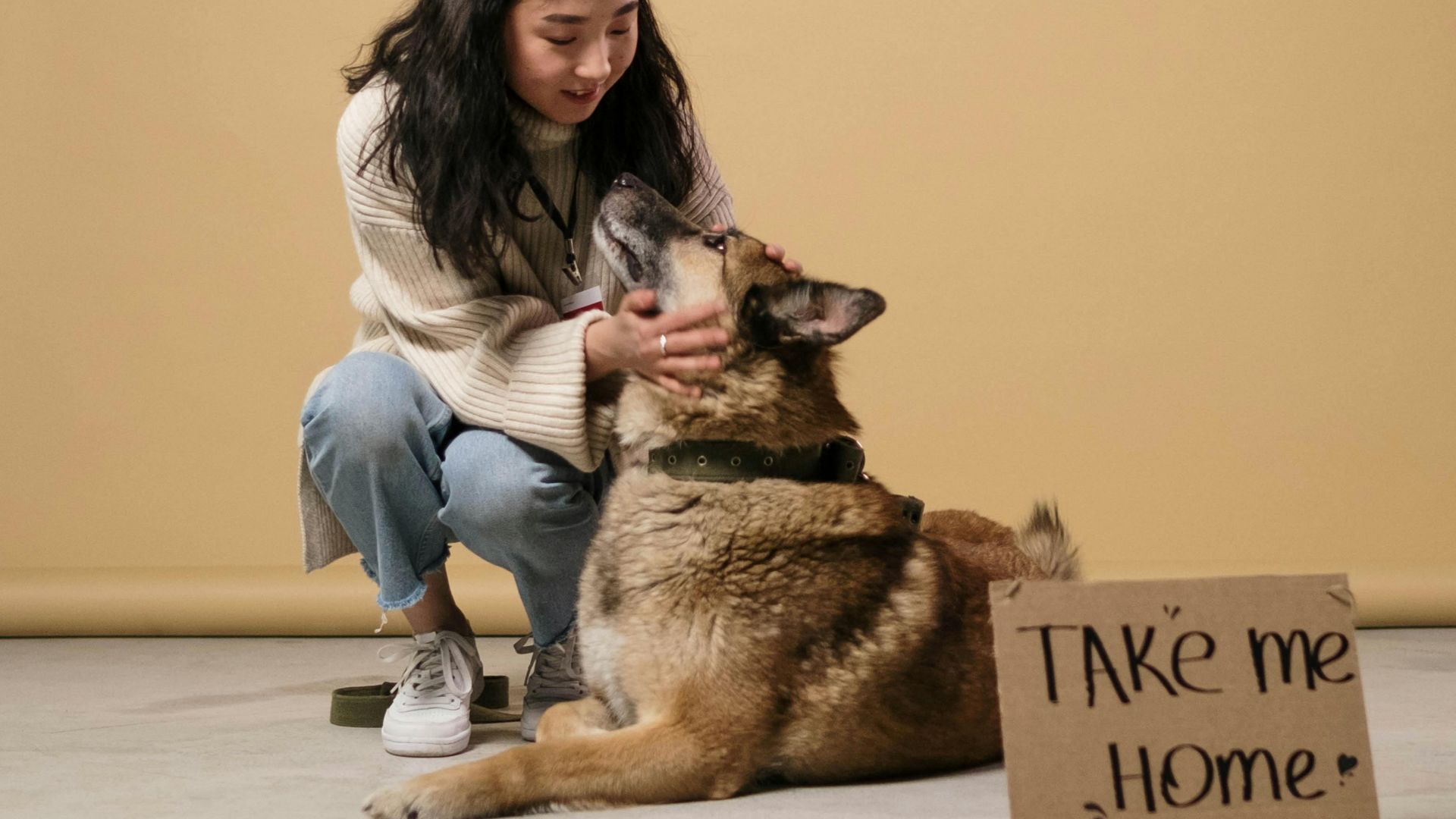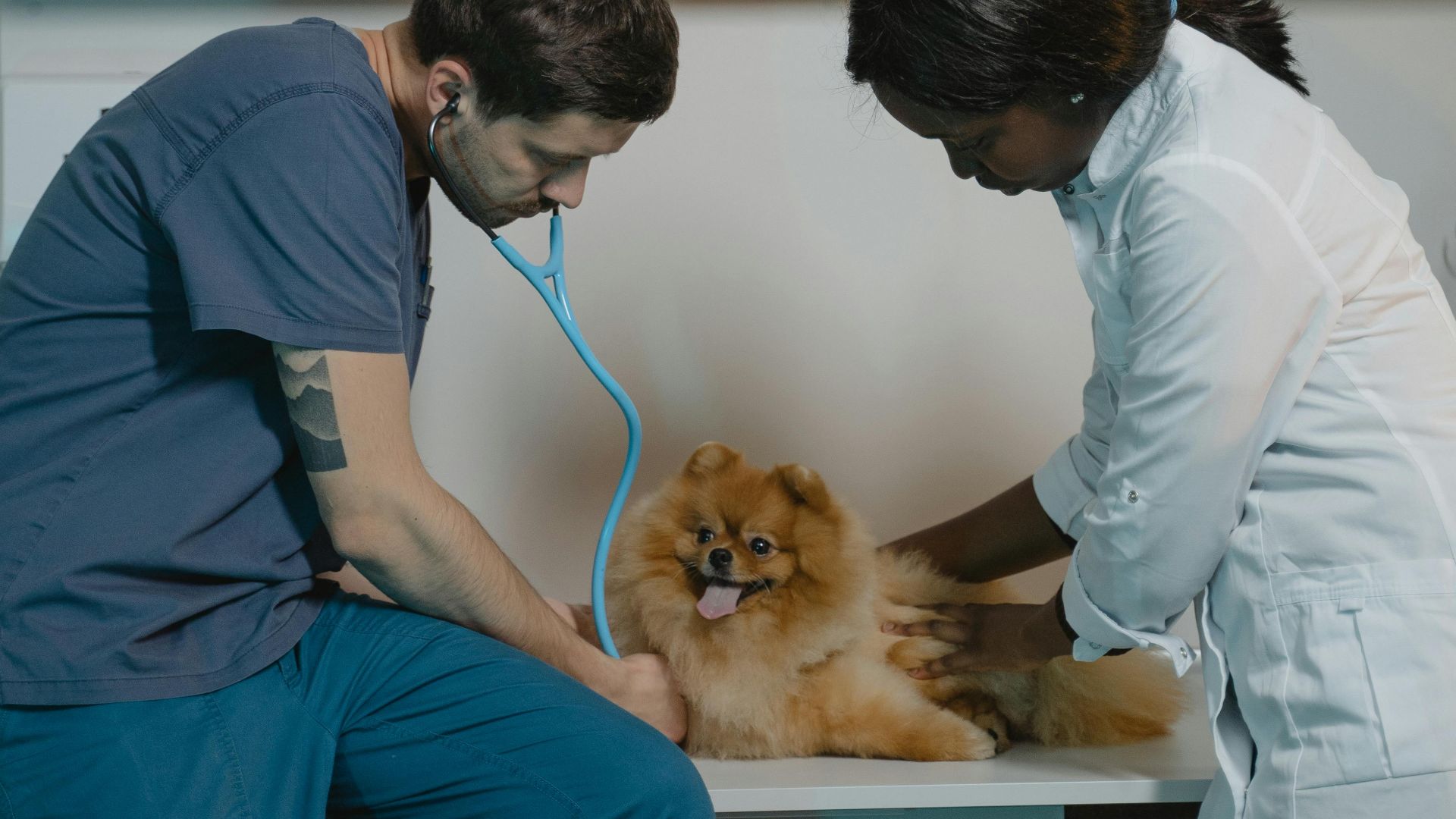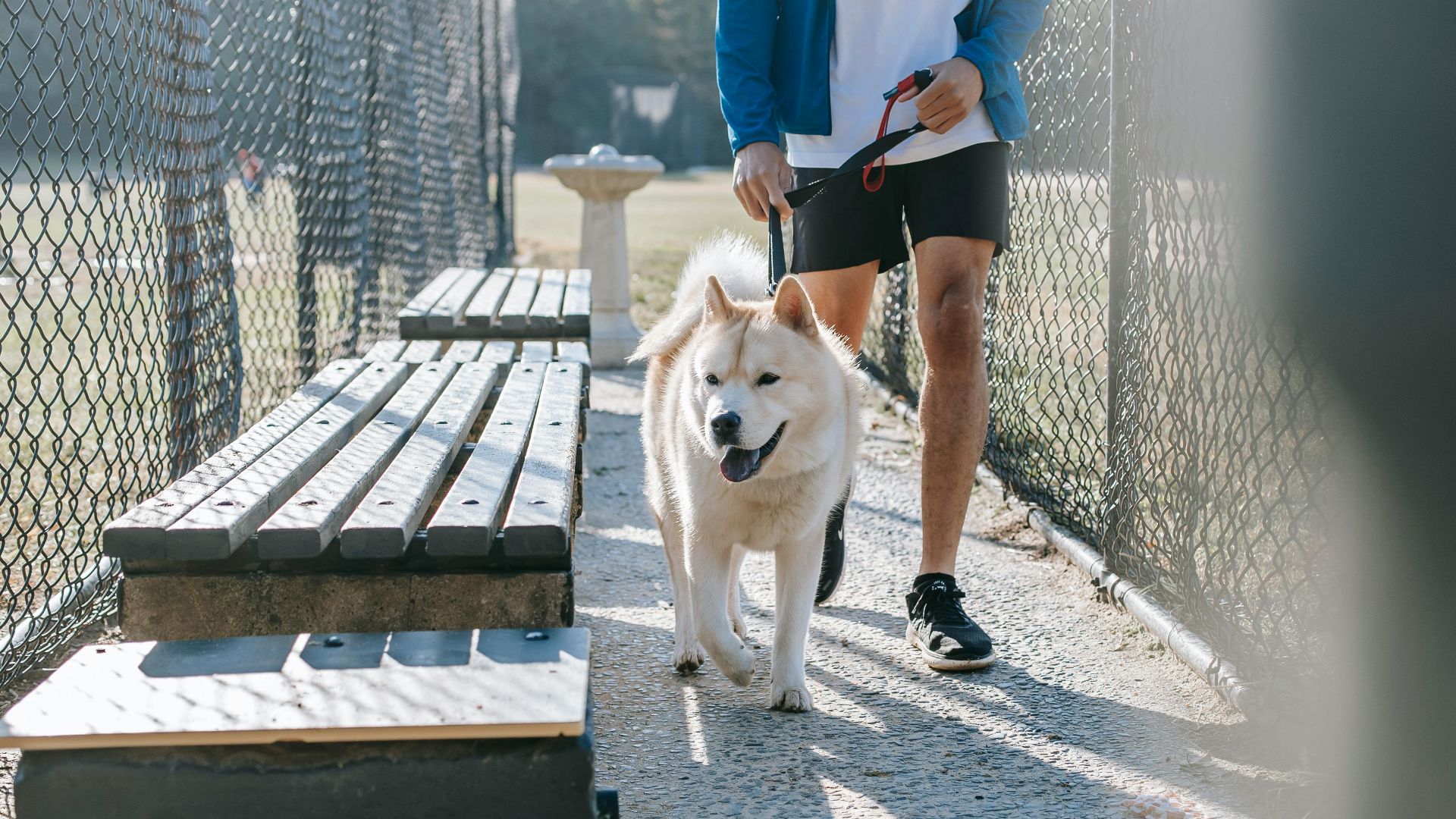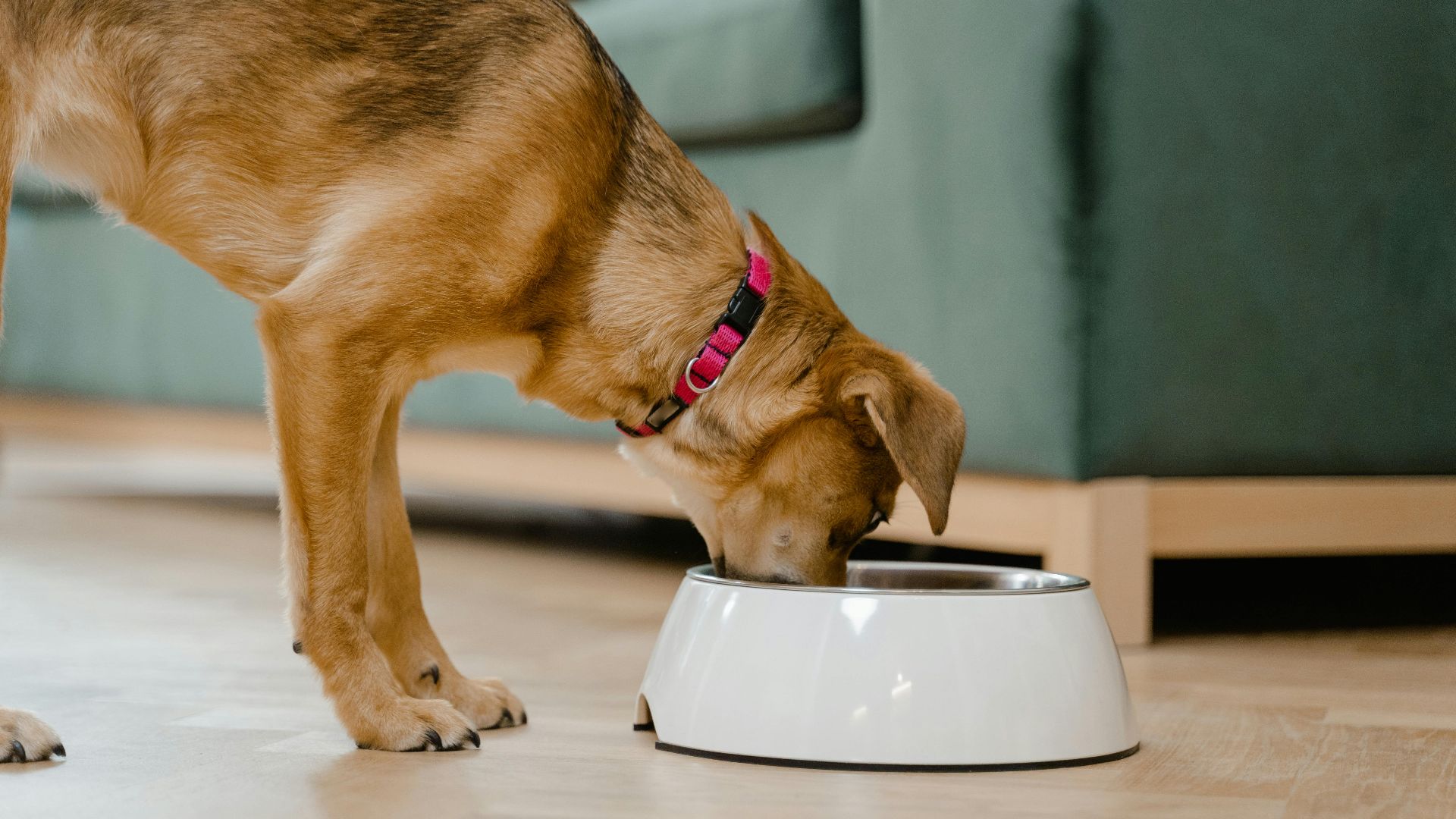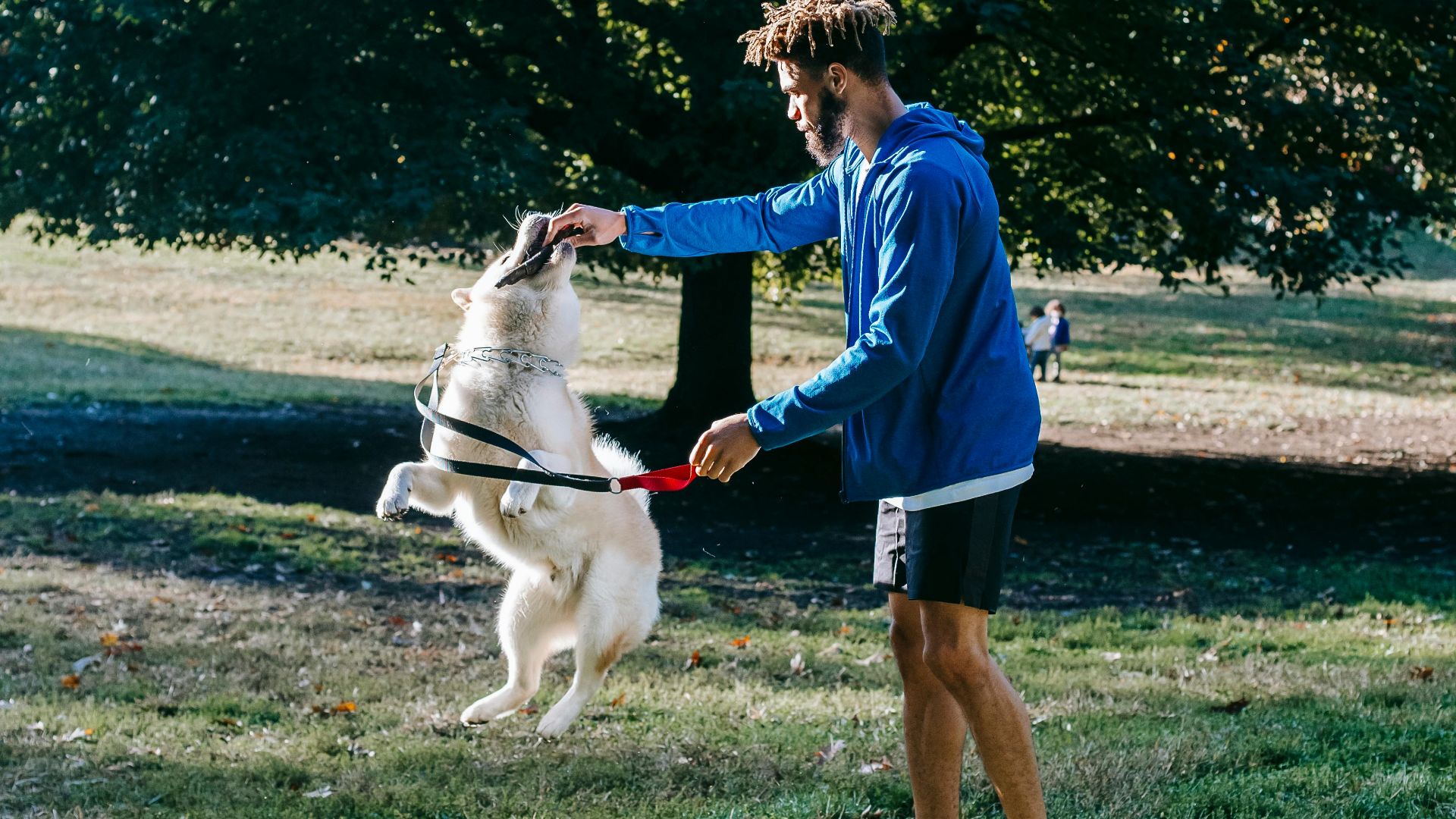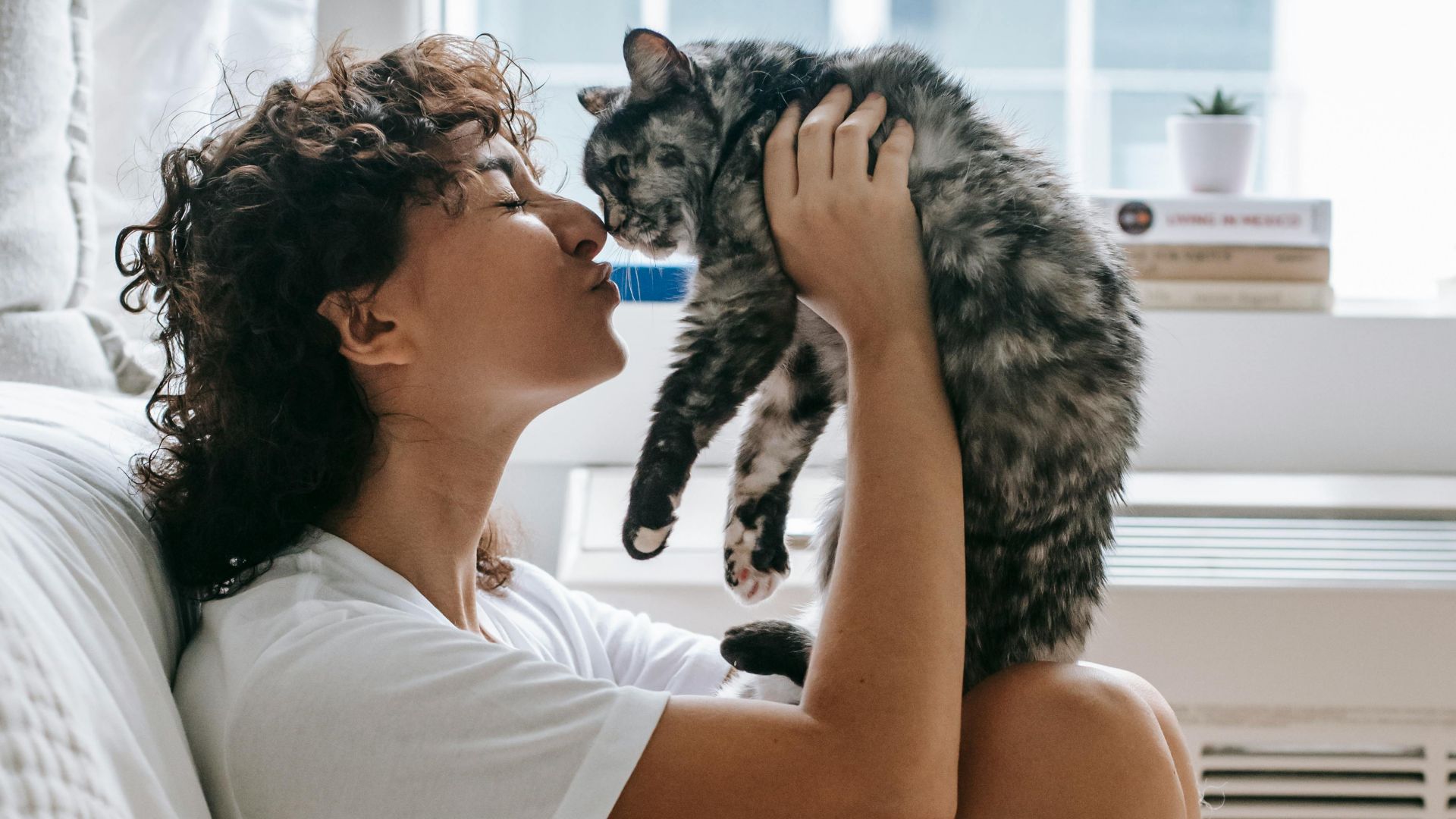From Shelter to Forever Home
Adopting a pet can be a beautiful opportunity to give a loving companion a fresh start. But the transition to a new home can often be overwhelming—for you and your new friend. Providing the right care and support is key to helping them feel safe and loved. So here are ten simple tips to help you build trust and ensure a happy, healthy life for your new family member.
1. Learn About Their Background
Adopted pets come with histories that can shape their behavior. Before you even bring your new companion home, spend time talking to the rescue organization. Ask about their past living conditions and any known triggers or fears. Understanding their past helps you approach their care with empathy.
2. Prepare a Safe Space
Imagine entering a completely new environment with unfamiliar sights—it can be overwhelming. Adopted pets feel the same way. To ease this transition, set up a safe and welcoming space in your home before their arrival. This should include a cozy bed, water and food bowls, toys, and, if applicable, a litter box.
3. Visit the Veterinarian
Your first stop after adopting your pet should be the veterinarian. Even if the rescue or shelter provided some medical care, a thorough health check-up is essential. The vet will look for underlying health issues, confirm vaccinations, and discuss parasite prevention, like flea and tick treatments.
4. Establish a Routine
Routines create a sense of security, especially for pets adjusting to a new environment. Set consistent times for feeding, bathroom breaks, walks, and play. Dogs, for instance, thrive when they know exactly when they’ll be taken outside. For cats, regular feeding times and daily litter box cleaning can reduce stress.
5. Be Patient
Adopted pets often need time to acclimate to their new home. They might hide or display destructive behaviors as they cope with fear or stress. Patience is your most valuable tool during this adjustment period. Allow your pet to explore their surroundings at their own pace, and avoid forcing interactions.
6. Focus on Proper Nutrition
Nutrition is a key cornerstone of your pet’s health and happiness. Many adopted pets may not have had access to high-quality food in their previous lives. Consult your veterinarian to select a balanced diet that meets your pet’s specific needs. Lastly, transition to any new food slowly to avoid stomach upset.
7. Encourage Stimulation
Adopted pets, like all animals, need both physical exercise and mental engagement to thrive. For dogs, daily walks can burn off energy and prevent boredom, whereas cats benefit from climbing structures and interactive toys that simulate hunting. Even small pets, such as rabbits, enjoy exploring obstacle courses or nibbling.
8. Socialize Gradually
Socialization is important for pets, but it must be done thoughtfully. Adopted pets may have had limited or negative interactions with people or other animals, so go slow. Start by letting them meet family members in a quiet environment before expanding their circle. If you have other pets, use a neutral space for introductions.
9. Monitor Behavior and Health
Your pet can’t tell you when something’s wrong, so it’s essential to observe their behavior closely. For example, symptoms of stress include excessive barking or changes in appetite. Additionally, physical indicators may signal health issues, which can be detected and addressed through regular grooming sessions.
10. Build a Bond
The most rewarding part of adopting a pet is forming a lifelong bond. Spend quality time with your pet every day to strengthen your relationship. This could be as simple as sitting beside your cat while they nap. Celebrate their unique personality and acknowledge their progress, no matter how small.



